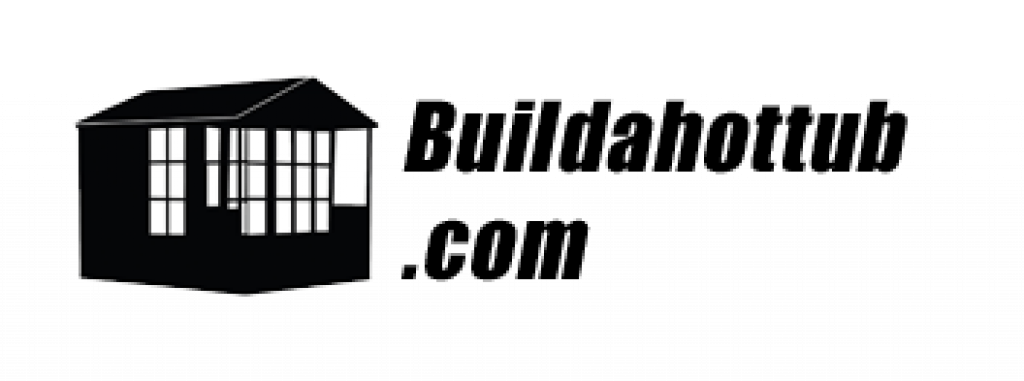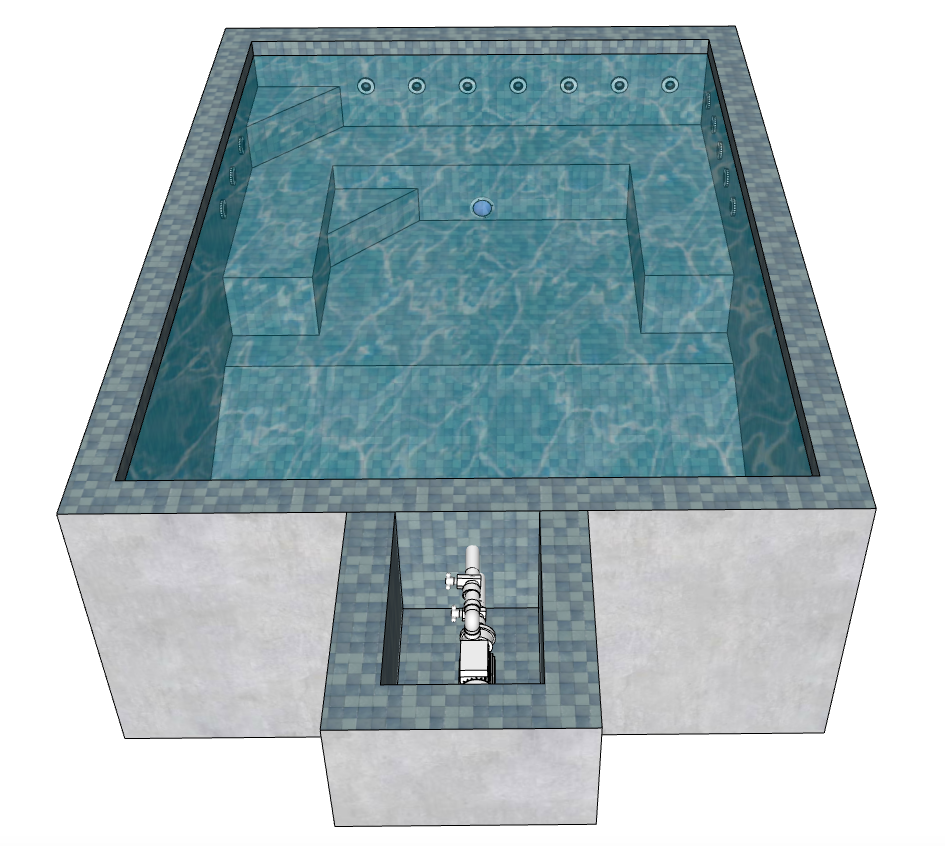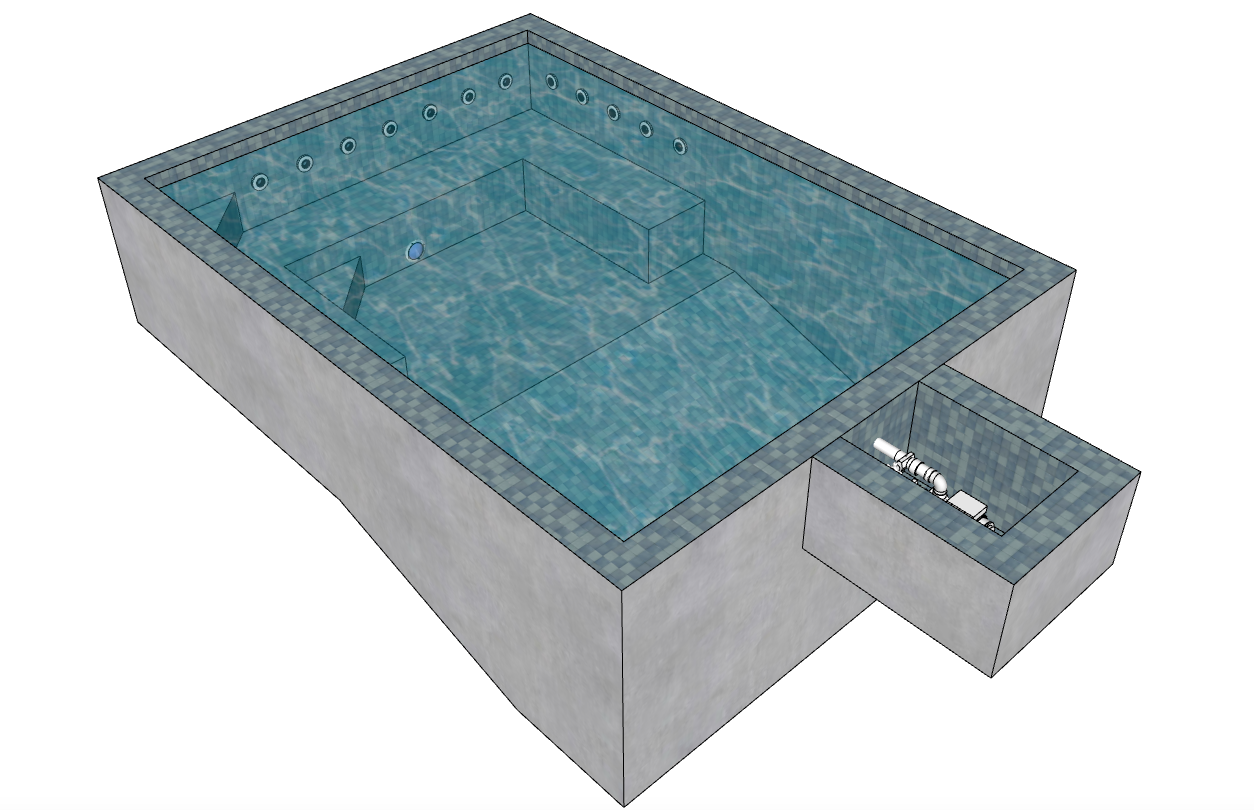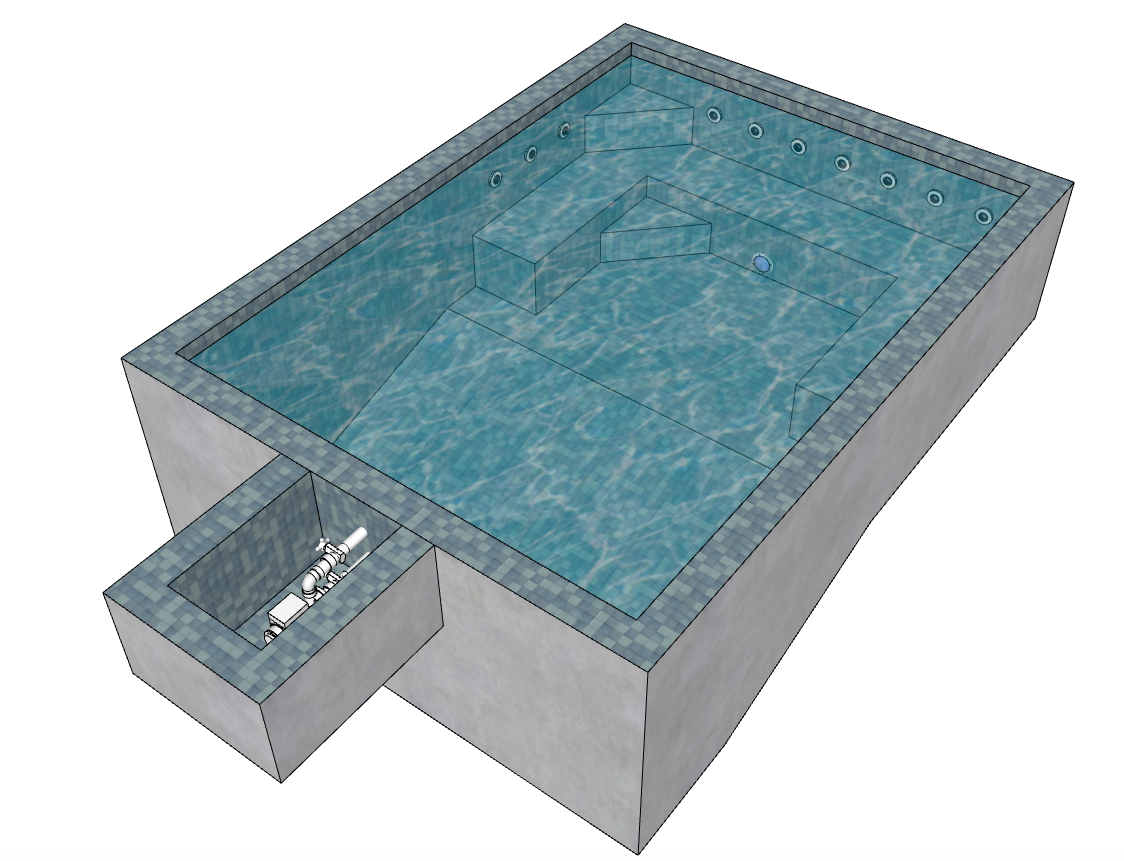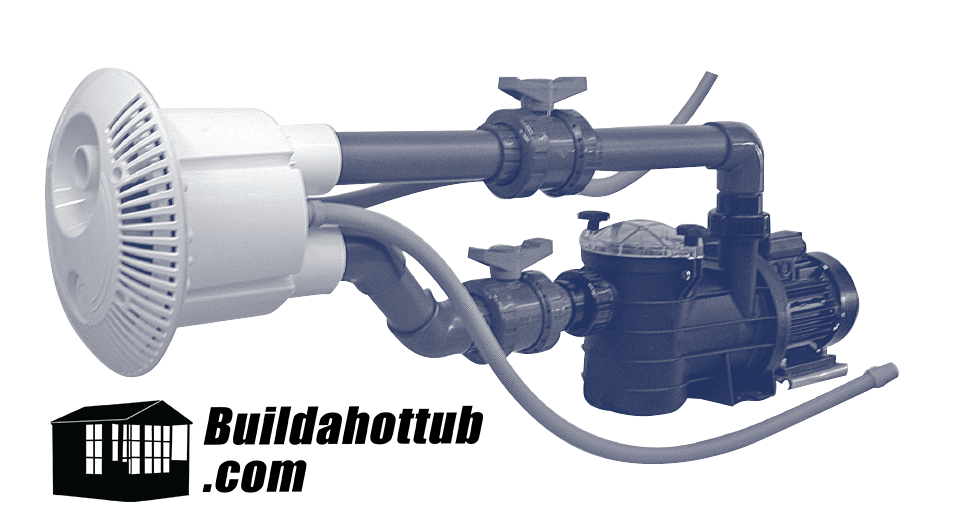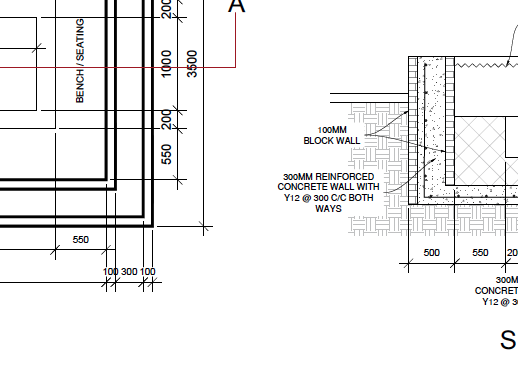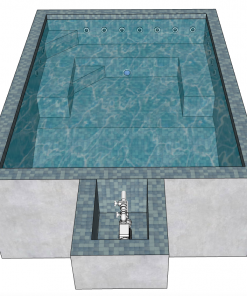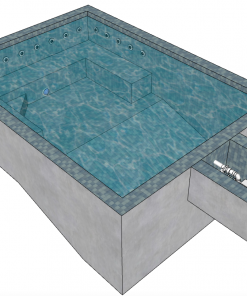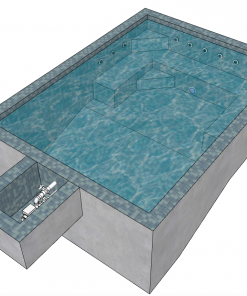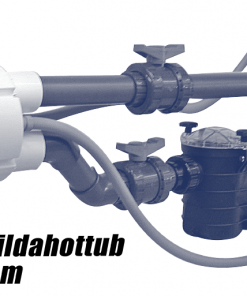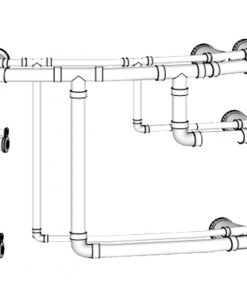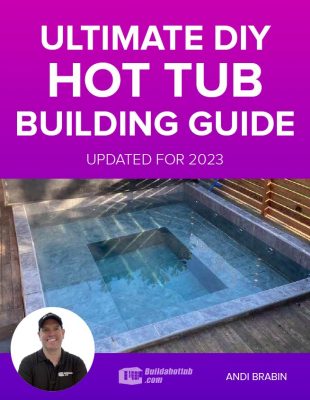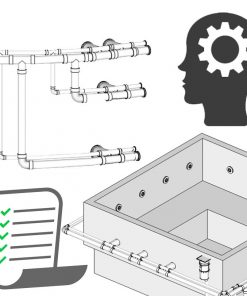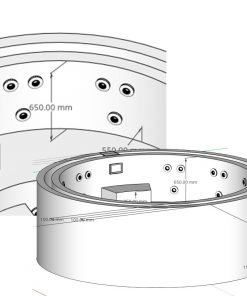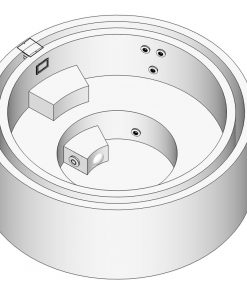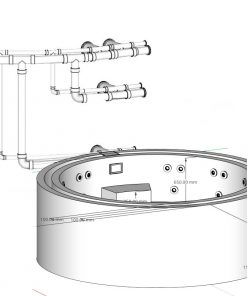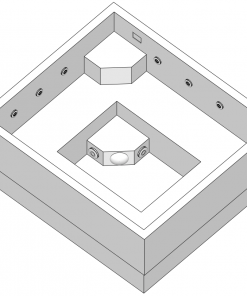16ft x 9ft (internal) SWIM SPA PLANS STRUCTURAL / ARCHITECTURAL / PERMIT SUBMISSION
$149.00
This is a swim spa which comprises of a Swim Jet as well as a 15 Jet Spa/Hot Tub seating area.
Total external dimensions are 250″ x 124″ – this includes the space needed for the swim jet
This package will give you the Structural / Architectural / Permit Submission Plan that you may need to submit to your local authority or city to get permission for your swim spa build. This has been drawn up by a structural engineer and is an architectural drawing. This is also perfect if you plan to use a contractor that is used to working from architectural designs rather than 3D renders.
You may need to have a local structural engineer sign off / stamp these designs for your local authority. Some require sign off by a structural engineer that is licensed in a particular State in the USA. These are not stamped drawings. They are however compliant and it is much cheaper to do it this way than to have a structural engineer design the whole thing for you.
This package also includes the New 2023 Ultimate DIY Guide which incorporates the Ultimate Control Room Guide worth $99 each when sold separately!
AND
This package also includes FREE access to the Online Video Course worth $99 when sold separately!
Total value of FREE bonus products is $297 when sold separately.
There is even a video explanation of the plumbing layout too for you to download!
New and updated for 2023, this Ultimate Hot Tub building guide has now gone interactive! Shoot the QR Code on your phone and watch an accompanying video to the book explanation – how cool is that.
Over 100 pages of everything you need to know about how tub building.
Download a Sample Now
No upsells or add ons!
If for any reason your local structural engineer requests changes to the Architectural/Structural Plan before they will stamp it, I will make the changes for you at no charge.
The design comprises of a rectangular swim spa constructed with cinder blocks, CMU, ICF or Concrete Forms. There is comfortably seating for 8-10 people and more.
There are two steps down into the tub, generous seating space and 15 Jets.
The diagram will give you all the dimensions you need to construct your own swim spa.
I also include the plumbing drawings to enable you to calculate exactly what materials you need.
Plumbing drawings include stand alone drawings as well as isolated views.
I include a full shopping list of all parts required as well as some tips & tricks using our own experience for putting together your DIY Swim Spa.
This is the ultimate package of knowledge to assist with your own build.
This is a PDF Diagram Only (multiple images and multiple angles) It is not a 3D CAD File.
(Swim Jet is sold separately) A Swim Jet or Counter Current is a machine that generates a flow of water against which you swim. When you swim at the same pace as the counter current, you are able to swim for as long as you like (or if you swim as well as I don’t lol, more “as long as your can!”)
The swim jet or counter current gives you a means of swimming naturally in a much smaller space than an Olympic sized swimming pool. This is ideal when space is of a premium in our back yards.
Who is this Swim Jet for?
Whilst there are models on the market that cost 4-6x the price of this particular unit, they are very much for the pro swimmer. This swim jet is notfor the pro swimmer. This jet is good enough for a “fitness swimmer”, even a “good swimmer” but not a “professional swimmer” in training.
It is possible to adjust the flow and the angle of the jet, but if you are an athlete in training or a professional swimmer, you are going to want to invest in a hydraulic-based system. They can increase the flow of the current considerably more and are suited to the speed an athlete in training needs to swim. This is an electric or jet pump-based system which is ideal for you and I to improve our fitness in ones backyard.
How Does the Swim Jet Work?
The counter current swim jet is a self-contained unit. The water is drawn in from the sides of the unit and then delivered back into the pool under pressure from the jet pump. There are clever designs inside the unit to minimise the amount of bubbles that are created.
From the front of the unit, there is an air switch that allows you to turn the unit on an off.
The air switch itself (well, the actuator) is connected to the physical electrical switch via tubing that when pressed, the air turn on the switch which in turn, triggers the pump to run. Pretty cool. Now it’s time to install a swim jet.
How do I install the Counter Current Swim Jet?
This model is designed to sit in the walls of concrete hot tubs, plunge pools, cocktail pools and swim spa’s alike.
The first step is that you need to concrete in the body of the swim jet into the end of the hot tub or pool. Even if you are building out of block, you are going to need to concrete in this unit because of the shape.
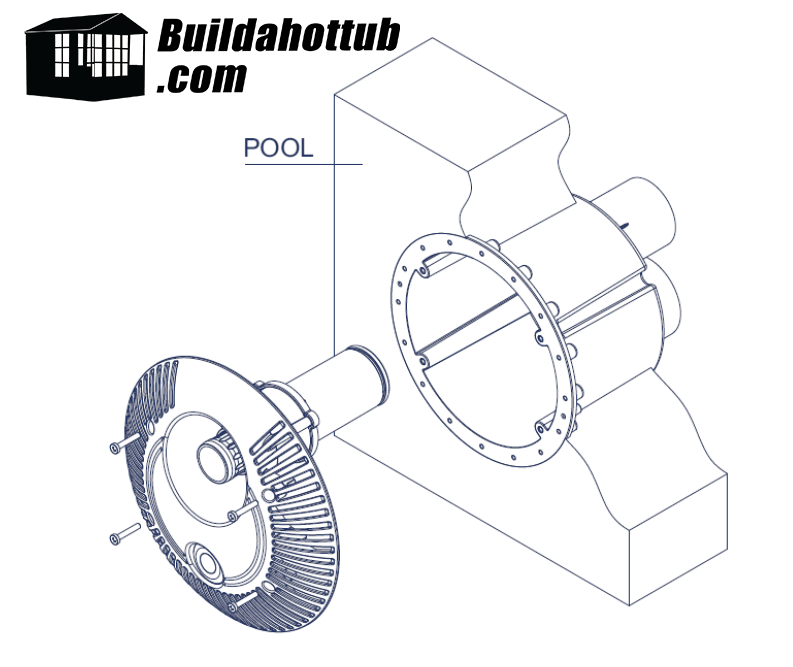
Swim Jet Installation
When you concrete in the unit, you are going to make sure that the larger of the two pipes, the 90mm/3” connection is on the bottom. This will then put the swim jet itself on the top of the unit and the pressure switch (actuator) on the bottom.
The centre of the swim jet should be installed so that it is 300mm / 12” below the water line. This is essential for its operation.
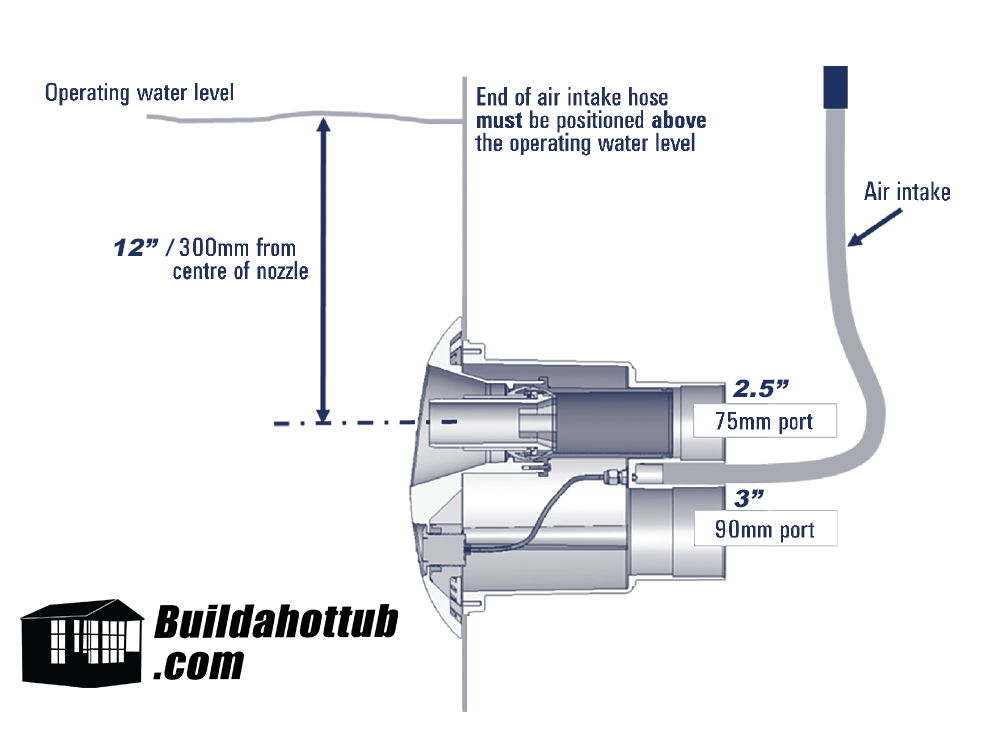
Swim Jet 1
Pipe Options
Once this unit is concreted in place, next step is to connect the plumbing. In the kits that I supply, the jet itself is connected on 2” piping via an adaptor and the suction is also reduced down to 2”. This is all good as long as your pump is within the 1m / 3’6” distance from the tub/pool.
Any further than that, you need to be using the 75mm / 2.5” pipe for the jet and the 90mm / 3” pipe for the suction. Under no circumstances should the pump be located more than 3m / 10’ from the swim jet as the pressure and flow will not be enough.
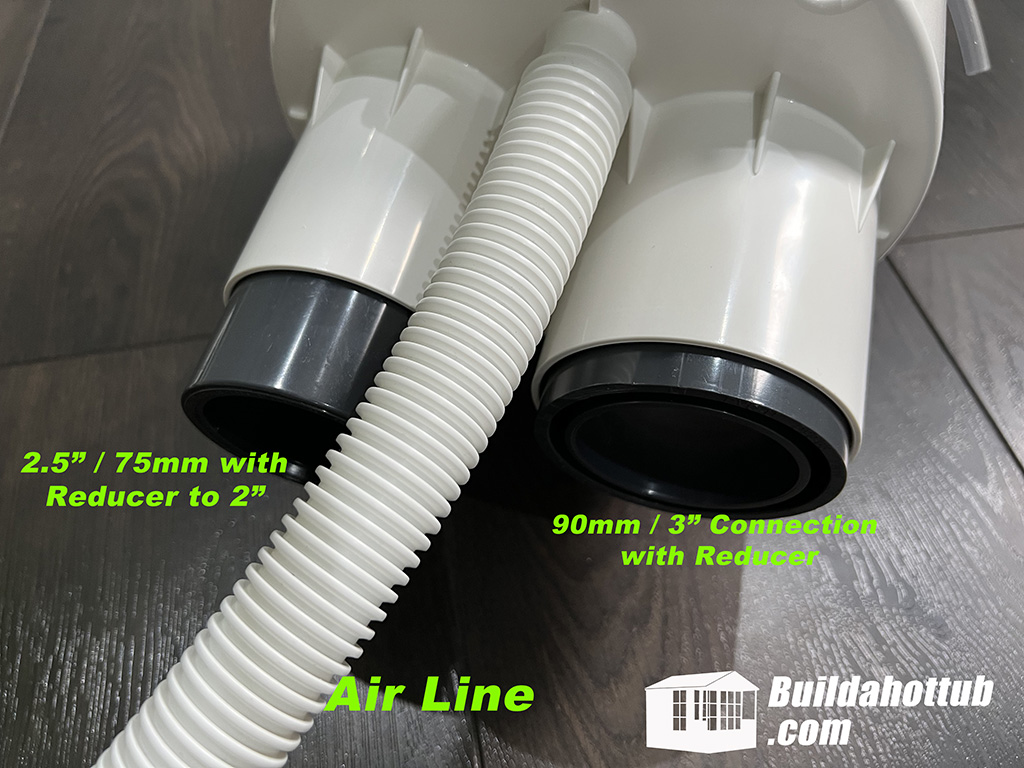
Air Tubes
The unit has two air tubes that need to be connected. These tubes need to be taken up above the water line of the hot tub/pool as there are no non-return valves on these. These lines equalise the pressure and reduce the amount of bubbles that the unit generates in the tub. If below the water line, your pool will empty through these so be careful!
What about the Air Switch?
The air switch or actuator (the part you press on the unit) needs to be connected to the physical air switch via the tube provided. This will thread out through the air lines, there is a hole ready for this.
When connecting to a physical air switch, this needs to be a latching air switch and not a momentary air switch. So what is the difference?
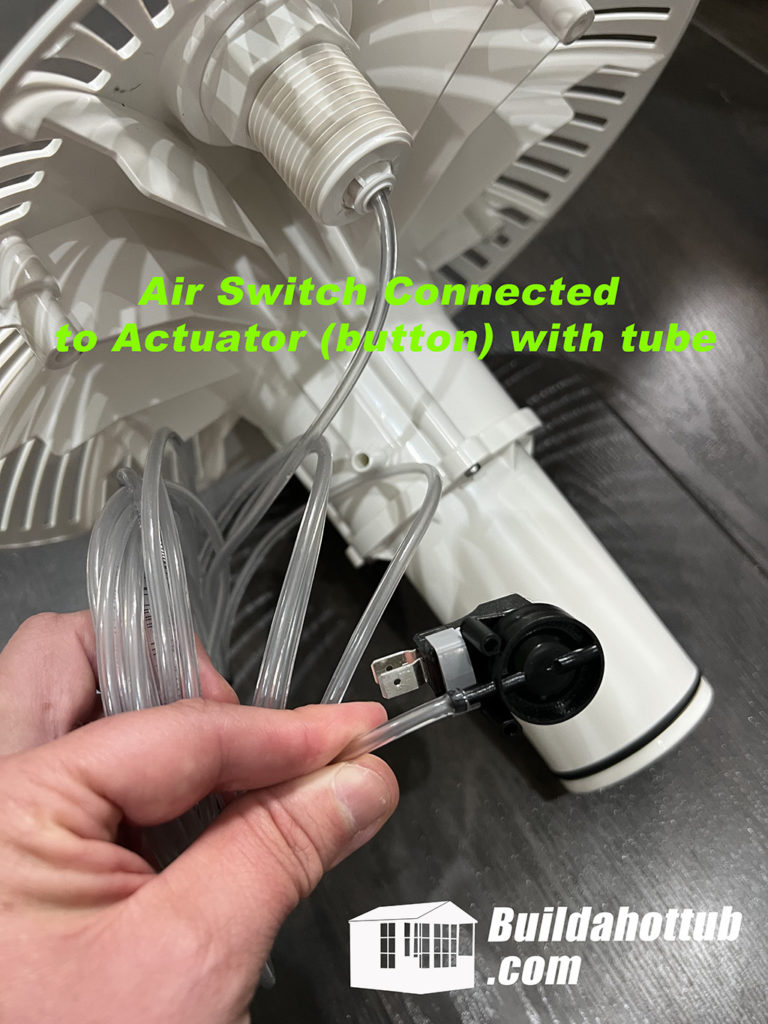
air_switch
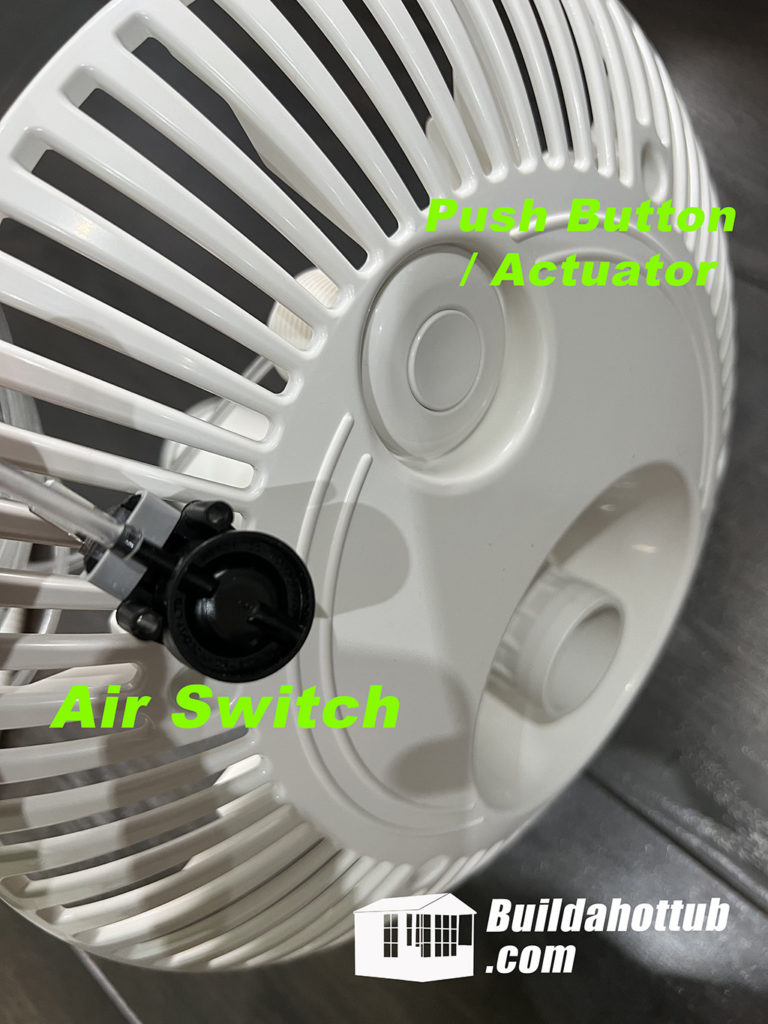
air_switch
Latching switches
Latching switches are switched on by the user and then remain on until switched off again. They do not require continuous compression from the user.
Latching switches can be found in the home and are used for things like light switches, central heating switches or on stereos.
Momentary switches
Momentary switches require continuous compression. They will switch on when the user compresses the switch and will remain on only for as long as there is pressure on the switch. Once the pressure is removed they will switch off. For example; a door buzzer or an electric drill.
The pump’s live (hot) cable will then be split and connected to either side of the air switch. When the actuator (button) is pressed, the circuit is made and the jet will turn on. When it is pressed again, it will disconnect the circuit and stop the pump.
Pretty straight forward but very effective and keeps electrical connections away from the pool or spa which is much safer.
Fitting the pump to the Swim Jet you have installed
The pump is connected at the front to the larger (90mm/3”) intake and can be reduced down to 2” pipe. There is a ball valve placed for isolation.
The return feed to the jet is to the smaller connection on top. Again, a ball valve is used so the pump can be isolated in case of the need of repair.
45 and 90 degree bends are used to make the connections.
Connecting the Face Plate to the Jet Body
The last stage of the installation is connecting the face plate to the jet body. There is a rubber O Ring that will slide nicely into the smaller (2.5”) connection on the unit. Make sure you have this inserted the right way around.
You will also need to connect the air line hose to the faceplate to ensure air can be drawn into the unit.
The jet body is then secured in place with 4 fixing screws on the front of the unit.
Related products
Square Hot Tub Designs
7ft x 7ft Dimensional & Plumbing, Shopping List & Instructions (Imperial)
Circular Hot Tub Designs
6ft Internal Diameter Cylindrical Hot Tub, 16 Jets, Dimensional Only (imperial)
Circular Hot Tub Designs
7ft Internal Diameter Cylindrical Hot Tub, 16 Jets, Dimensional Only (imperial)
Circular Hot Tub Designs
8ft Internal Diameter Cylindrical Hot Tub, 16 Jets, Dimensional & Plumbing Diagrams (imperial)
Circular Hot Tub Designs
8.5ft Internal Diameter Cylindrical Hot Tub, 16 Jets, Dimensional & Plumbing Drawings (imperial)
Square Hot Tub Designs
Square Hot Tub Designs
Square Hot Tub Designs
